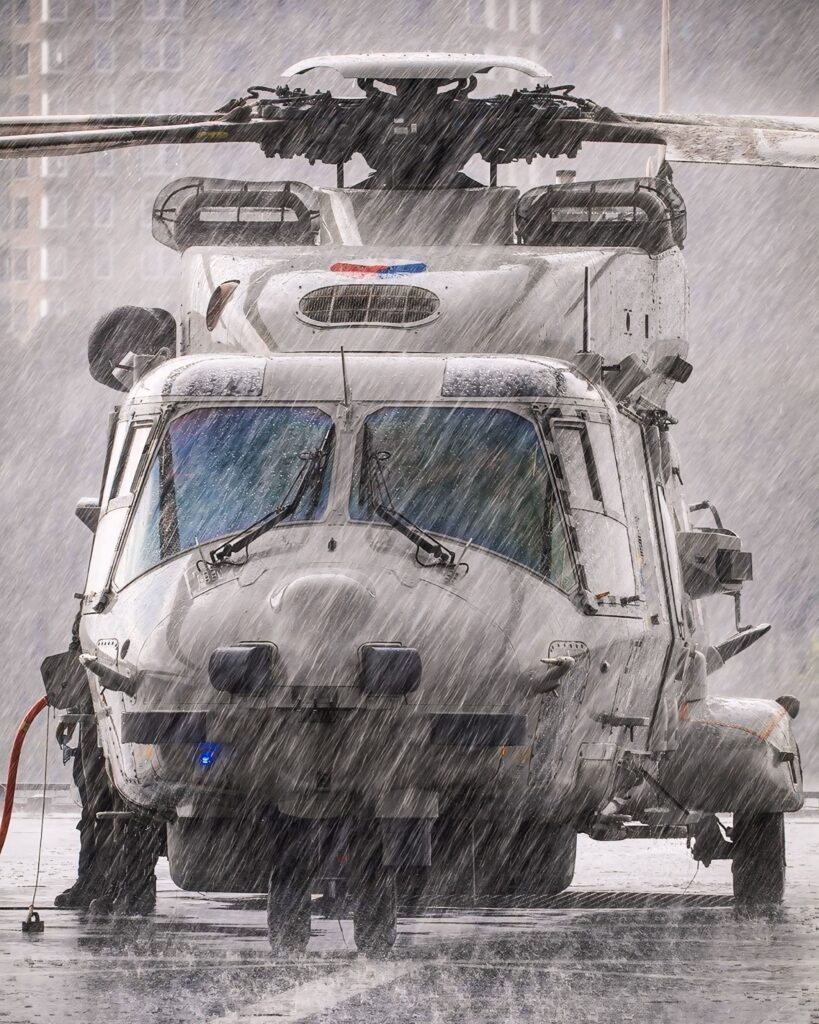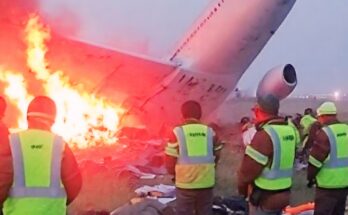
The NHIndustries NH90 is a modern, medium-sized, twin-engine, multi-role military helicopter developed through a collaborative effort among several European nations. It represents one of the most ambitious multinational helicopter programs in history, designed to meet the diverse needs of NATO and partner armed forces. Since its introduction, the NH90 has been recognized for its advanced technology, versatility, and ability to operate in demanding environments both on land and at sea.
The program began in the early 1990s when France, Germany, Italy, and the Netherlands came together to develop a next-generation helicopter that could replace aging fleets such as the Sea King, Puma, and Lynx. NHIndustries, the consortium created to oversee the project, includes Airbus Helicopters, Leonardo Helicopters, and Fokker Aerostructures. By pooling resources and expertise, the participating nations aimed to produce a cost-effective platform that could serve a wide range of missions across multiple countries.
The NH90 comes in two primary variants. The Tactical Transport Helicopter (TTH) is designed for land-based operations, with roles that include troop transport, medical evacuation, cargo lift, and support for special forces. The NATO Frigate Helicopter (NFH), on the other hand, is optimized for naval missions such as anti-submarine warfare, anti-surface warfare, search and rescue, and maritime surveillance. This dual approach allows the aircraft to fulfill both army and navy requirements, providing a common platform with shared systems but tailored capabilities.
One of the most notable features of the NH90 is its extensive use of composite materials. Around 80 percent of the airframe is built from composites, making it lighter and more resistant to corrosion than many older helicopters. This is especially beneficial for naval operations, where exposure to saltwater can be a constant challenge. The aircraft is also equipped with fly-by-wire controls, a rarity in military helicopters when the NH90 was first introduced. This system reduces pilot workload, improves safety, and enhances maneuverability.
Performance-wise, the NH90 is powered by two Rolls-Royce Turbomeca RTM322 or General Electric T700 engines, depending on the operator’s choice. These engines provide the helicopter with strong lift capacity and the ability to operate in hot and high conditions, which are critical for deployments in varied climates. The aircraft can carry up to 20 fully equipped troops or a substantial cargo load, making it highly effective for tactical transport missions.
In service, the NH90 has been adopted by more than a dozen countries, including Germany, Italy, France, Finland, Norway, and Australia. Each nation tailors its fleet to its specific operational needs, and the helicopter has been deployed in a range of environments, from European training exercises to real-world operations in Afghanistan and the Middle East. While the program has faced delays and technical challenges—such as software integration and maintenance complexity—the NH90 has steadily matured into a capable and reliable platform.
Overall, the NH90 stands as a symbol of multinational cooperation in defense. Its adaptability, modern design, and broad mission set ensure it will remain a central asset in European and allied militaries for years to come.


